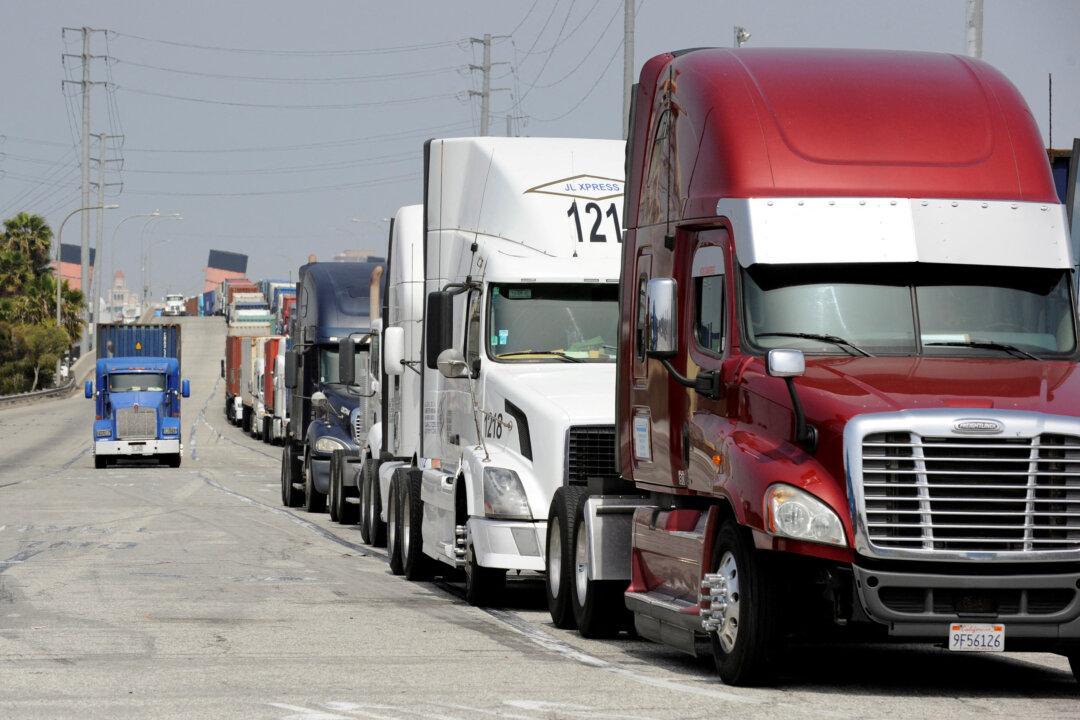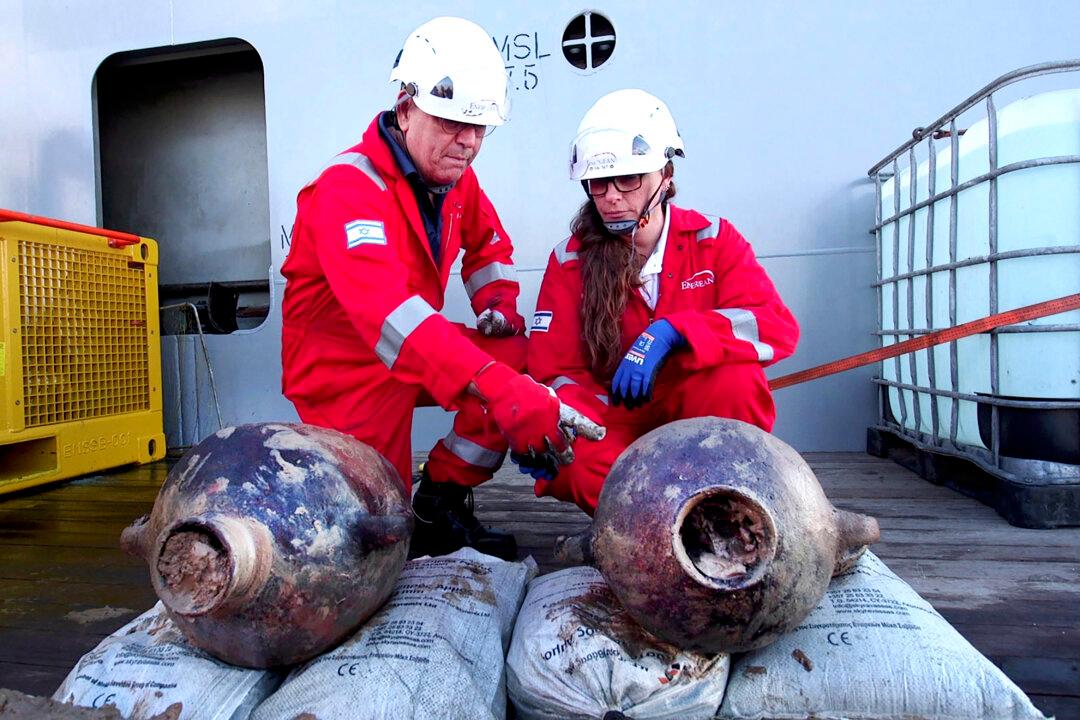Thirty-four Republican senators have introduced a resolution to overturn a rule on cutting emissions for heavy-duty trucks. The rule was created by the Environmental Protection Agency (EPA) in December.
The EPA’s rule forces heavy-duty truck makers to reduce their trucks’ emissions, and it is more stringent by 80 percent compared to current standards.





